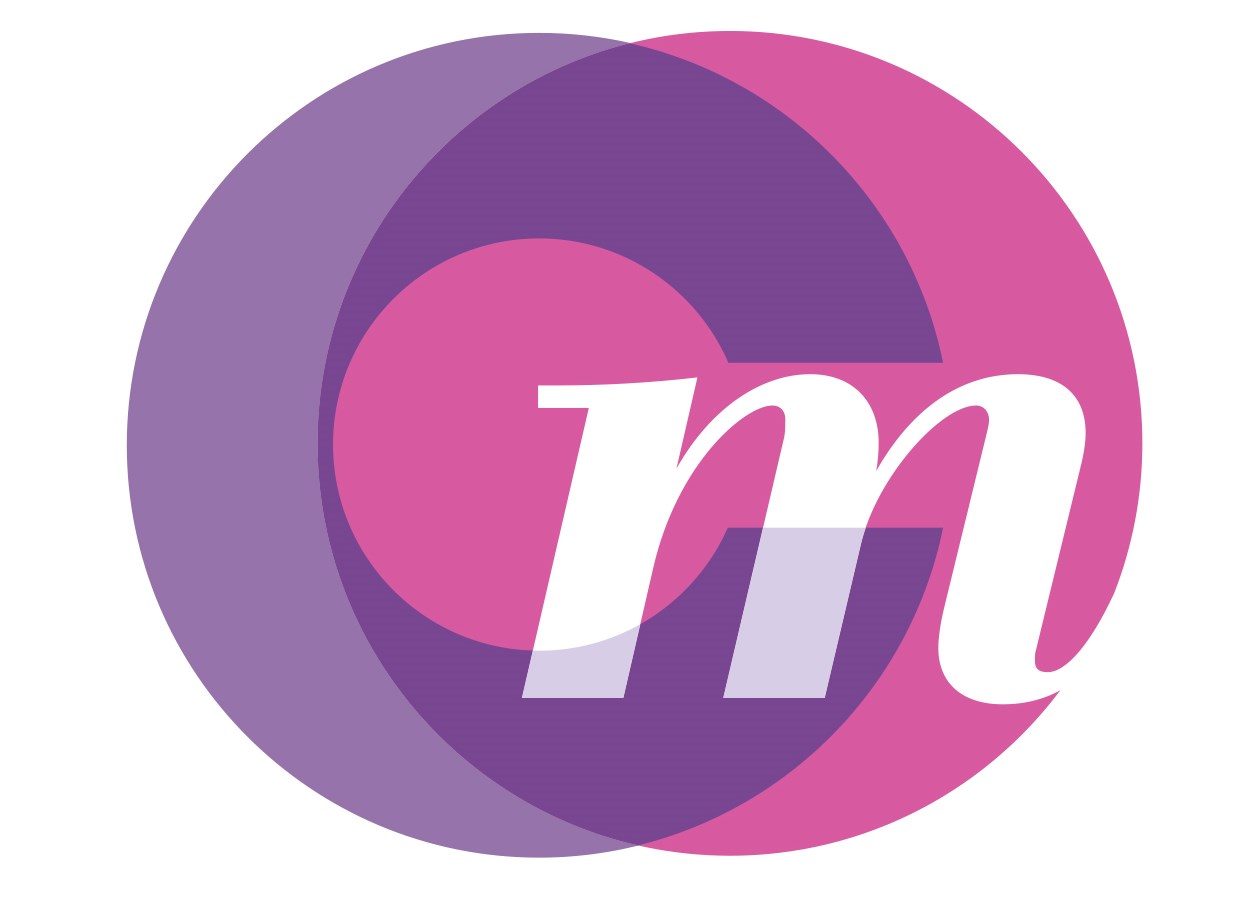Net Promoter is a customer loyalty metric developed by (and a registered trademark of) Fred Reichheld, Bain & Company, and Satmetrix.
It was introduced by Reichheld in his 2003 Harvard Business Review article “The One Number You Need to Grow”. (and expanded into a book The Ultimate Question, 2006 HBS Press)
Companies obtain their Net Promoter Score by asking customers a single question – The Ultimate Question – on a 0 to 10 rating scale: “How likely is it that you would recommend our company to a friend or colleague?” 
Based on their responses, customers can be categorized into one of three groups:
- Promoters (9-10 rating),
- Passives (7-8 rating), and
- Detractors (0-6 rating).
The percentage of Detractors is then subtracted from the percentage of Promoters to obtain a Net Promoter score. A score of 75% or above is considered quite high. Companies are encouraged to follow this question with an open-ended request for elaboration.
Proponents of the Net Promoter approach claim the score can be used to motivate an organisation to become more focused on improving products and services for customers and to build ‘good profit’.
The potential downside of NPS or any survey or feedback programme is that, if handled badly, it can have a negative impact on customer loyalty. We’ve all had experience of being interrupted during a family meal or our favourite TV programme by a phone call from someone soliciting our feedback.
But there are ways in which surveying can enhance customer loyalty and Reichheld gives some examples:
- At Harley-Davidson, for example, customers are treated like family members – they get phone calls only from recent Harley retirees (hired back part-time) who know the company and its products well and who are charged with listening closely to customers. Not coincidentally, these retirees generate deeper customer insights while also reinforcing the Harley culture and brand
- At Southwest Airlines, president Colleen Barrett insisted that any employees who wanted feedback from a customer write a personal letter requesting that information and explaining what they intend to do with it. They must also write a thank-you to customers who respond, describing the actions that will be taken as a result of their feedback
How many of you have examples along the lines of Harley-Davidson or Southwest?
What about the other side of the coin?
As always it is interesting to share and learn from others.
 Chiswick Marketing
Chiswick Marketing